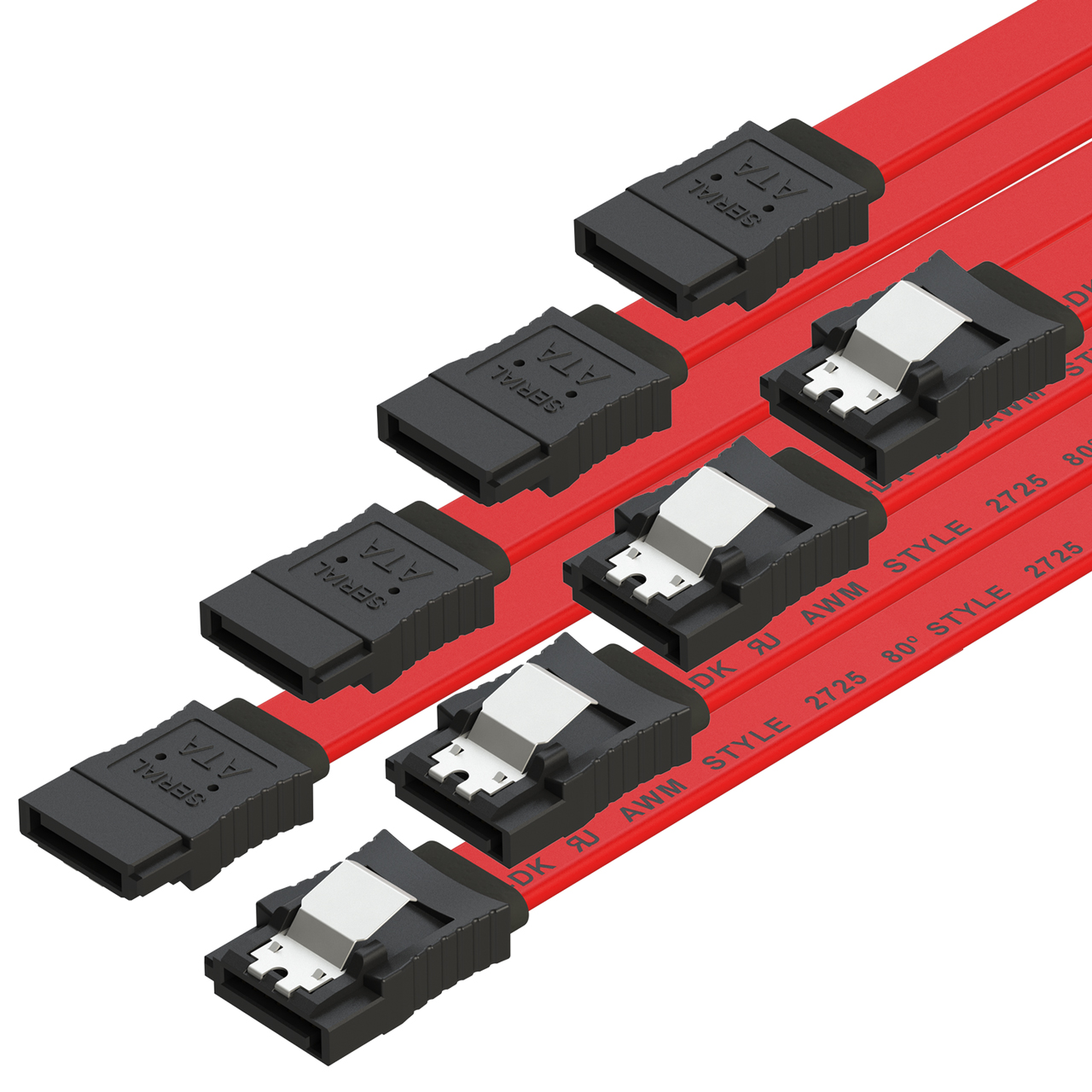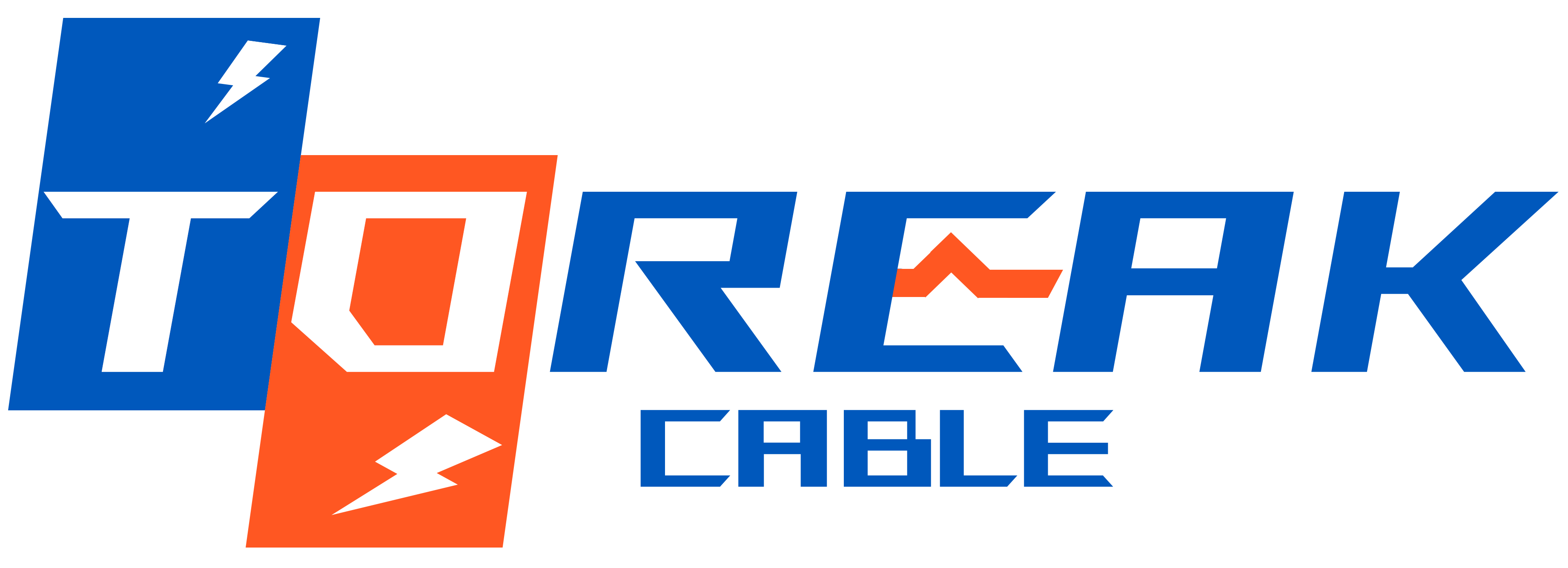
Usage scenarios:
1. Server storage system:
2. Workstation:
3. Storage area network (SAN)
4. External storage device connection
Advantages:
1. High-speed data transmission: SAS Cable can support higher data transmission rates,
such as SAS 3.0 standard data transmission rate up to 12Gbps, SAS 4.0 standard up to 24Gbps,
can meet the rapid transmission needs of large amounts of data, greatly improve the data reading
and writing speed and the overall performance of the system, suitable for application scenarios
with high requirements for data transmission speed, such as high-definition video editing, l
arge-scale data backup, etc.
2. High reliability: It adopts differential signal transmission technology, has strong anti-interference ability,
and can ensure the accuracy and integrity of data transmission in complex electromagnetic environments.
At the same time, the SAS protocol also has functions such as data verification and error recovery,
which further improves the reliability of data transmission, reduces the risk of data loss, and ensures
the security and reliability of data.
3. Support multi-device connection: SAS supports 4-way wide links, allowing up to 4 narrow ports
to be aggregated into one wide port, and has formulated corresponding connector specifications.
Compared with the situation where one port of SATA cable corresponds to one interface connector,
SAS Cable is more flexible and improves the scalability and management efficiency of the system.
4. Support full-duplex communication: SAS Cable supports full-duplex communication mode, that is,
data can be sent and received at the same time, further improving the efficiency of data transmission
and system performance, and can better meet the needs of multi-task and high-concurrency data transmission,
improve user work efficiency and system response speed.

